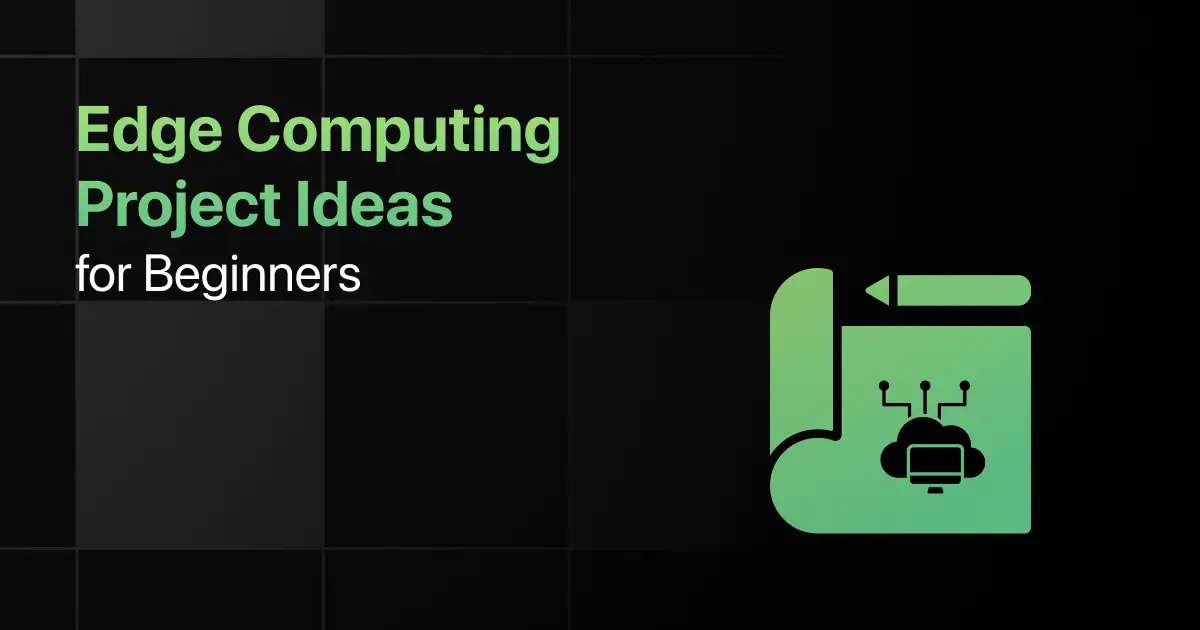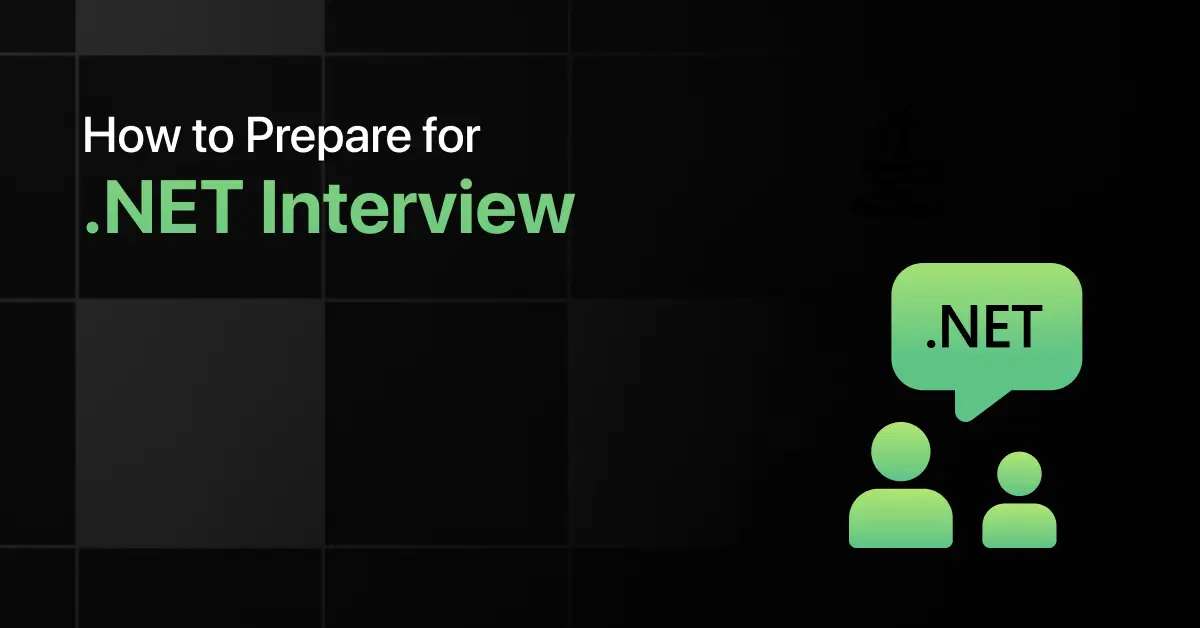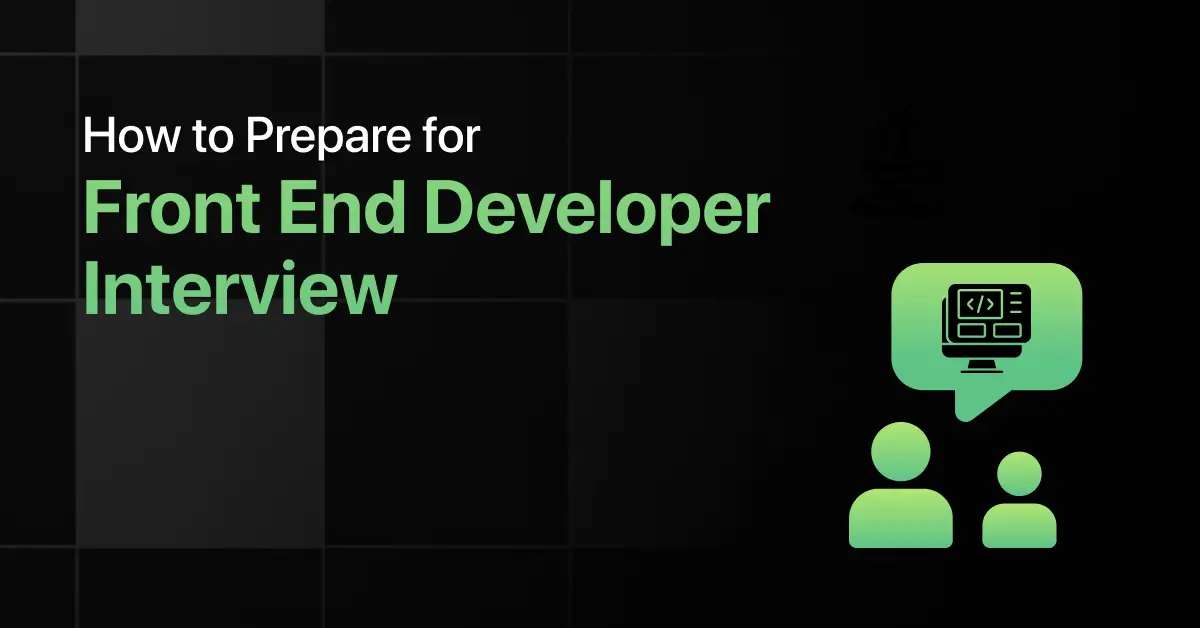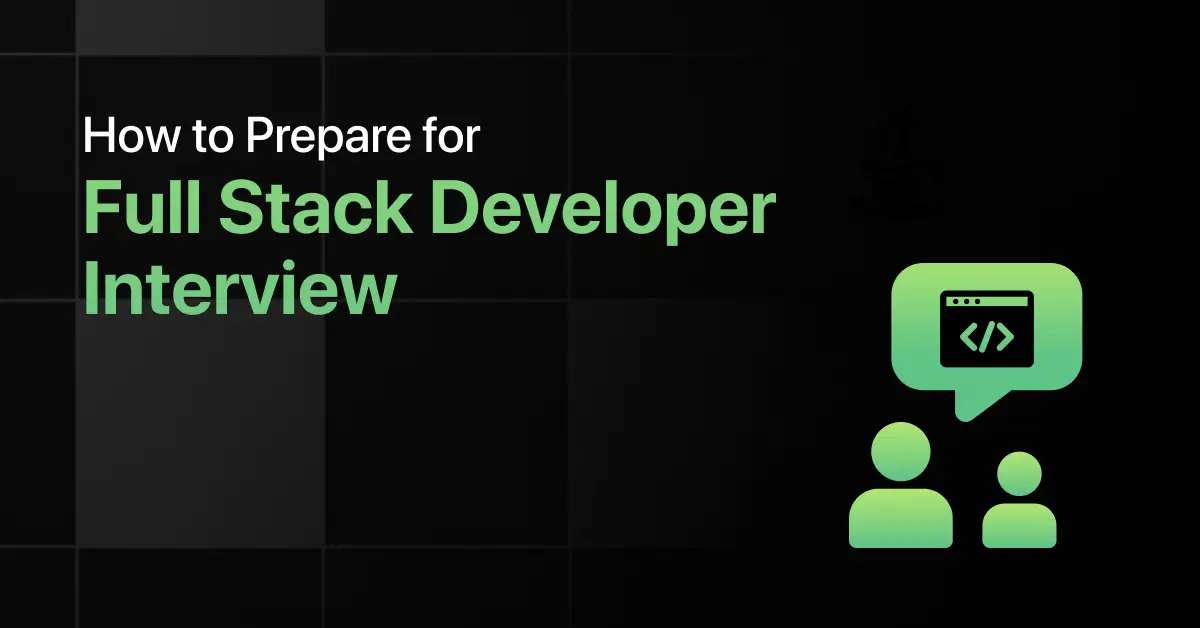Best Edge Computing Project Ideas for Beginners

Are you curious about how smart devices process data locally? Edge computing project ideas for beginners are a great way to learn how data is handled closer to the source, rather than relying only on the cloud.
This list of beginner-friendly projects will help you understand edge devices, real-time processing, and low-latency systems simply and practically.
10 Beginner-Friendly Edge Computing Project Ideas – Overview
Here’s an overview of the 10 best Edge Computing Project Ideas for beginners:
| S.No. | Project Title | Complexity | Estimated Time | Source Code |
|---|---|---|---|---|
| 1 | IoT Sensor Data Logger with Raspberry Pi | Easy | 3 hours | View Now |
| 2 | Real-Time Object Detection with Edge Device | Easy | 4 hours | View Now |
| 3 | Local Weather Station Using Edge Devices | Easy | 3 hours | View Now |
| 4 | Smart Doorbell with Face Recognition | Easy | 5 hours | View Now |
| 5 | Edge-Based Motion Detection Alarm | Easy | 4 hours | View Now |
| 6 | Industrial Equipment Monitoring with Edge AI | Medium | 6 hours | View Now |
| 7 | Smart Traffic Monitoring with Edge Analytics | Medium | 7 hours | View Now |
| 8 | Edge-Based Predictive Maintenance System | Medium | 8 hours | View Now |
| 9 | Real-Time Video Processing on Edge Devices | Hard | 10 hours | View Now |
| 10 | Distributed Edge-Cloud Video Analytics Pipeline | Hard | 12 hours | View Now |
Top 10 Edge Computing Project Ideas for Beginners
Here are the top 10 simple edge computing project ideas for beginners:
1. IoT Sensor Data Logger with Raspberry Pi
This project involves collecting and logging real-time sensor data using a Raspberry Pi at the edge.
You’ll learn how to perform localized data processing and logging without relying on the cloud.
Duration: 3 hrs
Project Complexity: Easy
Key Concepts Covered:
- Edge data collection
- Local storage
- Basic sensor integration
Implementation Steps:
- Connect sensors to Raspberry Pi
- Write Python code to read sensor data
- Log data to local storage
- Visualize data via simple dashboard
Required Pre-requisites:
- Basic Python skills
- Raspberry Pi setup knowledge
- Sensor interfacing basics
Resources Required:
- Raspberry Pi
- Sensors (e.g., DHT11, BMP180)
- SD card, power supply
Real-World Application:
- Local environment monitoring
- Edge-based agricultural systems
2. Real-Time Object Detection with Edge Device
This project focuses on deploying a lightweight object detection model on an edge device like Jetson Nano.
You’ll learn how to run inference directly on the edge without a cloud dependency.
Duration: 4 hrs
Project Complexity: Easy
Key Concepts Covered:
- Edge AI inference
- Lightweight model deployment
- Real-time processing
Implementation Steps:
- Install OpenCV and deep learning libraries
- Load pre-trained model (YOLO or MobileNet)
- Capture video from camera
- Run object detection in real-time
- Display results on-screen
Required Pre-requisites:
- Basic Python/OpenCV
- Familiarity with AI models
- Edge device (Jetson/RPi)
Resources Required:
- Jetson Nano/RPi
- USB Camera
- Pre-trained model
Real-World Application:
- Surveillance systems
- Smart manufacturing inspections
3. Local Weather Station Using Edge Devices
This project builds a standalone weather station that processes and displays sensor data locally.
You’ll learn how edge computing can reduce latency and internet reliance in data collection.
Duration: 3 hrs
Project Complexity: Easy
Key Concepts Covered:
- Edge sensing
- Offline data visualization
- Sensor calibration
Implementation Steps:
- Set up sensors (temperature, humidity)
- Write local script to capture and display data
- Store data in a CSV file
- Display trends on a local dashboard
Required Pre-requisites:
- Basic electronics
- Python or Node-RED
- Edge device setup
Resources Required:
- Raspberry Pi/Arduino
- Temperature/humidity sensors
- Local dashboard tool
Real-World Application:
- Smart farming
- Remote climate stations
4. Smart Doorbell with Face Recognition
This project uses facial recognition locally to identify known visitors via a smart doorbell system.
You’ll learn to apply ML at the edge with privacy and speed benefits.
Duration: 5 hrs
Project Complexity: Easy
Key Concepts Covered:
- Face detection
- Local processing
- Notification logic
Implementation Steps:
- Set up camera module
- Install face recognition libraries
- Train model on known faces
- Trigger alert when face matches
- Display visitor log locally
Required Pre-requisites:
- OpenCV basics
- Python coding
- ML model usage
Resources Required:
- Raspberry Pi
- Pi Camera or webcam
- Face recognition library
Real-World Application:
- Home security
- Contactless entry systems
5. Edge-Based Motion Detection Alarm
This project detects motion using a sensor or camera and activates an alert without cloud support.
You’ll learn how to design responsive, low-latency systems using edge devices.
Duration: 4 hrs
Project Complexity: Easy
Key Concepts Covered:
- PIR sensor usage
- Alert triggering
- Offline automation
Implementation Steps:
- Connect motion sensor to edge board
- Write script to detect movement
- Trigger buzzer or LED alarm
- Optionally log events locally
Required Pre-requisites:
- Sensor wiring basics
- Scripting (Python/C)
- GPIO handling
Resources Required:
- Motion sensor (PIR)
- Raspberry Pi or ESP32
- Buzzer/LED
Real-World Application:
- Intruder alert systems
- Industrial area monitoring
6. Industrial Equipment Monitoring with Edge AI
This project monitors machine behavior and flags anomalies using edge-deployed models.
You’ll learn to use AI locally for real-time alerts and operational efficiency.
Duration: 6 hrs
Project Complexity: Medium
Key Concepts Covered:
- Sensor analytics
- Local ML model
- Anomaly detection
Implementation Steps:
- Collect machine vibration or sound data
- Train lightweight anomaly detection model
- Deploy on edge device
- Monitor in real-time
- Alert on threshold breaches
Required Pre-requisites:
- ML basics
- Sensor calibration
- Embedded Linux familiarity
Resources Required:
- Edge device
- Vibration/sound sensor
- Pre-trained model
Real-World Application:
- Predictive maintenance
- Smart factory systems
7. Smart Traffic Monitoring with Edge Analytics
This project captures and processes live traffic video at the edge for insights like congestion levels.
You’ll learn real-time video analytics without relying on cloud storage.
Duration: 7 hrs
Project Complexity: Medium
Key Concepts Covered:
- Video stream processing
- Edge-based classification
- Congestion analysis
Implementation Steps:
- Connect edge device to traffic camera
- Run real-time frame analysis
- Detect vehicle count & flow
- Store logs locally
- Display dashboard with insights
Required Pre-requisites:
- OpenCV/video processing
- Python/Edge SDK
- Basic ML model usage
Resources Required:
- Edge AI device (Jetson Nano)
- Camera feed
- Dashboard tool
Real-World Application:
- Smart cities
- Traffic signal optimization
8. Edge-Based Predictive Maintenance System
This project predicts equipment failure by analyzing edge-collected sensor data in real time.
You’ll learn how to implement predictive analytics using edge computing.
Duration: 8 hrs
Project Complexity: Medium
Key Concepts Covered:
- Predictive modeling
- Edge data ingestion
- Real-time analysis
Implementation Steps:
- Collect sensor data from equipment
- Preprocess and feed to ML model
- Predict potential failures
- Display alerts locally
- Log data for offline review
Required Pre-requisites:
- ML model building
- Sensor interfacing
- Edge SDK usage
Resources Required:
- Edge board
- Sensors (vibration, temperature)
- Pre-trained model
Real-World Application:
- Reduce machine downtime
- Improve industrial safety
9. Real-Time Video Processing on Edge Devices
This project processes video streams on edge GPUs to identify actions or events.
You’ll learn how to handle high-throughput data on limited hardware.
Duration: 10 hrs
Project Complexity: Hard
Key Concepts Covered:
- GPU inference
- Stream processing
- Model optimization
Implementation Steps:
- Set up edge device with GPU (Jetson)
- Load optimized video processing model
- Process live stream
- Extract and display metadata
- Log results locally
Required Pre-requisites:
- Deep learning frameworks
- GPU hardware knowledge
- Real-time processing logic
Resources Required:
- Jetson device
- Camera/video input
- Optimized DL model
Real-World Application:
- Surveillance analytics
- Sports replay analysis
10. Distributed Edge-Cloud Video Analytics Pipeline
This project builds a hybrid edge-cloud pipeline where local devices process and forward insights to the cloud.
You’ll learn distributed architecture design for scalable edge deployments.
Duration: 12 hrs
Project Complexity: Hard
Key Concepts Covered:
- Edge-cloud communication
- Stream optimization
- Distributed deployment
Implementation Steps:
- Deploy analytics model on edge
- Process video locally and generate events
- Send events to cloud server (MQTT/REST)
- Aggregate and visualize insights
- Optimize sync between edge and cloud
Required Pre-requisites:
- Networking fundamentals
- Cloud basics (e.g., AWS/GCP)
- Edge ML deployment
Resources Required:
- Edge devices
- Cloud endpoint
- Analytics dashboard
Real-World Application:
- Scalable smart surveillance
- Federated edge systems
Final Words
Edge computing projects for beginners offer a practical way to explore real-time data processing and local decision-making. They help you understand how modern systems work beyond traditional cloud setups.
Starting with edge computing will give you useful skills for the future of connected devices and smart technologies.
Explore More Project Ideas
- Python
- Java
- C Programming
- HTML and CSS
- React
- JavaScript
- PHP
- C++
- DBMS
- SQL
- Excel
- Angular
- Node JS
- DSA
- Django
- Power BI
- R Programming
- Operating System
- MongoDB
- React Native
- Golang
- Matlab
- Tableau
- .Net
- Bootstrap
- C#
- Next JS
- Kotlin
- jQuery
- React Redux
- Rust
- Shell Scripting
- Vue JS
- TypeScript
- Swift
- Perl
- Scala
- Figma
- RPA
- UI/UX
- Automation Testing
- Blockchain
- Cloud Computing
- DevOps
- Selenium
- Internet of Things
- Web Development
- Data Science
- Android
- Data Analytics
- Front-End
- Back End
- MERN Stack
- Big Data
- Data Engineering
- Full Stack
- MEAN Stack
- Artificial Intelligence
- Machine Learning
- Arduino
- Cyber Security
- Raspberry Pi
- Spring Boot
- NLP
- Embedded Systems
- Computer Network
- Game Development
- Flask
- Data Visualization
- Ethical Hacking
- Computer Vision
- AWS
- Data Mining
- Azure
- Network Security
- Microservices
- Augmented Reality
- Bioinformatics
- Virtual Reality
- Text Mining
- Unity
- Kubernetes
- Unreal Engine
- Terraform
- Linux
- Chatbot
- Deep Learning
- API
- Cloud Security
- Home Automation
- Quantum Computing
- FinTech
- Sentiment Analysis
- Recommendation System
- Robotics
- NodeMCU
- Large Language Models
- Penetration Testing
- Google Cloud Platform
- GraphQL
FAQs
Some easy edge computing project ideas for beginners include building a local image classification app, a smart sensor alert system, or a basic IoT data logger.
Edge computing project ideas are important for beginners because they teach how to process data closer to the source for faster response times.
Beginners can learn local data processing, device communication, and lightweight model deployment from edge computing project ideas.
A recommended edge computing project for someone with no prior programming experience is setting up a Raspberry Pi to collect and display local sensor data.
It typically takes around 6 to 10 hours to complete a beginner-level edge computing project, depending on the hardware and setup.
Related Posts


How to Prepare for .Net Interview
Are you preparing for a .NET interview but not sure which topics to prioritize? Many candidates struggle to balance C# fundamentals, …
Warning: Undefined variable $post_id in /var/www/wordpress/wp-content/themes/placementpreparation/template-parts/popup-zenlite.php on line 1050





